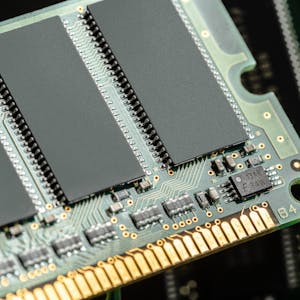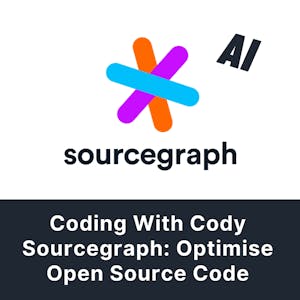Persistent Memory Technology - Introduction and Deployment
About this Course
Embark on a dynamic learning journey through this course. In the first module, explore the intricacies of Persistent Memory (PMEM), unraveling its fundamental concepts, characteristics, and operating system support. Transition seamlessly into the second module, mastering transactional concepts, optimizing hardware configurations, and discerning between volatile and persistent libraries. In the final module, dive into advanced programming with libpmemobj, overcoming C++ Standard limitations, and applying insights to real-world scenarios like building a phonebook. Target Learners: 1. System architects and designers 2. Software developers and programmers may learn about programming models 3. Database administrators (DBAs) 4. IT managers and decision-makers 5. Data Scientists and Analysts By the end of this course, 1) You will wield a comprehensive skill set for navigating PMEM landscapes, optimizing system performance, and crafting resilient applications with advanced programming tools. Pre-Requisites: 1. Understanding of basic computer architecture 2. The Basics of Operating Systems 3. Storage and Memory Concepts 4. Programming Skills 5. Fundamental Algorithms and Data Structures 6. As the course may explore the performance consequences of employing PMEM, it is important to be aware of performance measures and factors in computer systems. 7. Linux is a popular platform for working with persistent memory; therefore, being able to use the Linux command line is frequently helpful.Created by: EDUCBA

Related Online Courses
Are you passionate about helping people change their lives with skills and jobs so they can earn a good living and feel fulfilled by the work they do? Do you want a rewarding career that advances... more
Welcome to this specialization about privacy and standardisation,\\n\\nWe are thrilled to see that you are interested and will provide you with a comprehensive study of the intriguiging subject of... more
In this project-based course, you\'ll step into the role of a developer using Cody, an AI-enhanced coding assistant, to refine and advance an open-source software project. You\'ll get hands-on with... more
Data visualization is a powerful tool for exploring and communicating insights from data effectively. Seaborn, a Python visualization library built on top of Matplotlib, offers a wide range of... more
This specialization provides leaders with a comprehensive understanding of Agentic AI and AI agents, equipping them to drive innovation and strategic decision-making in their organizations.... more








